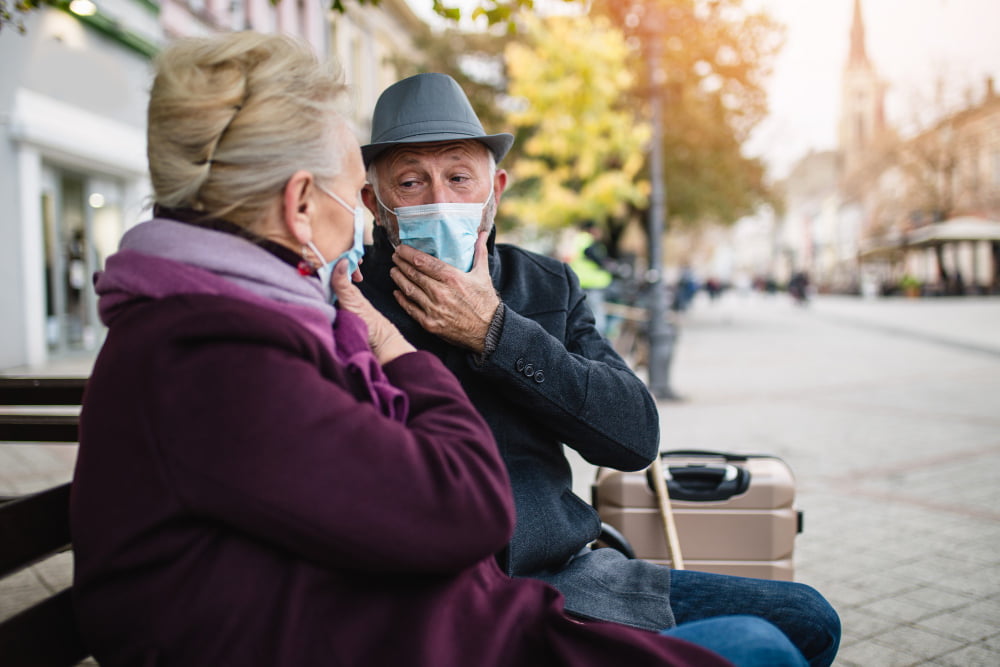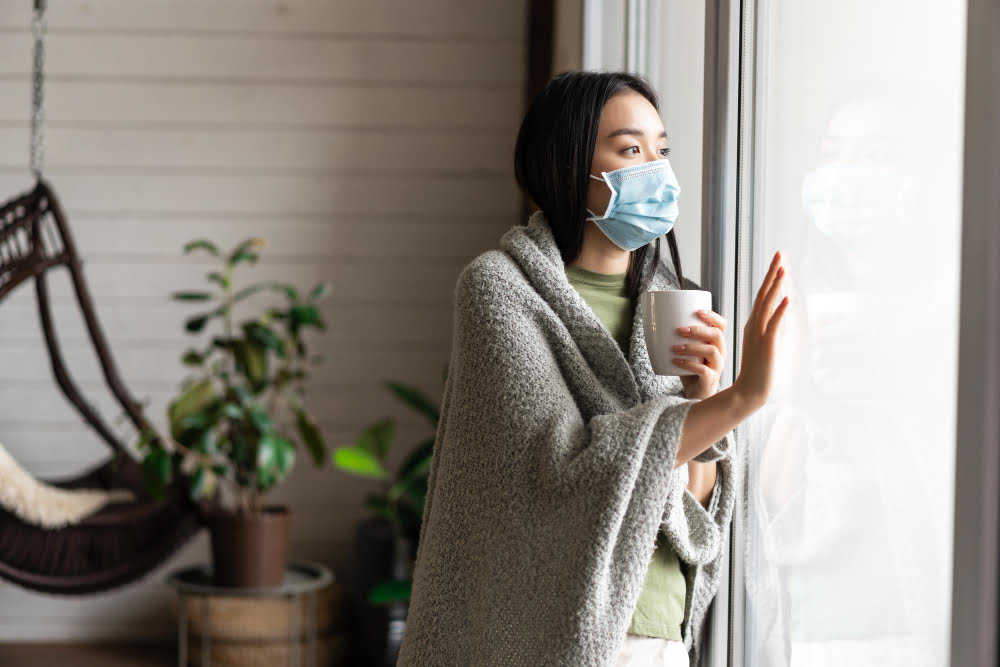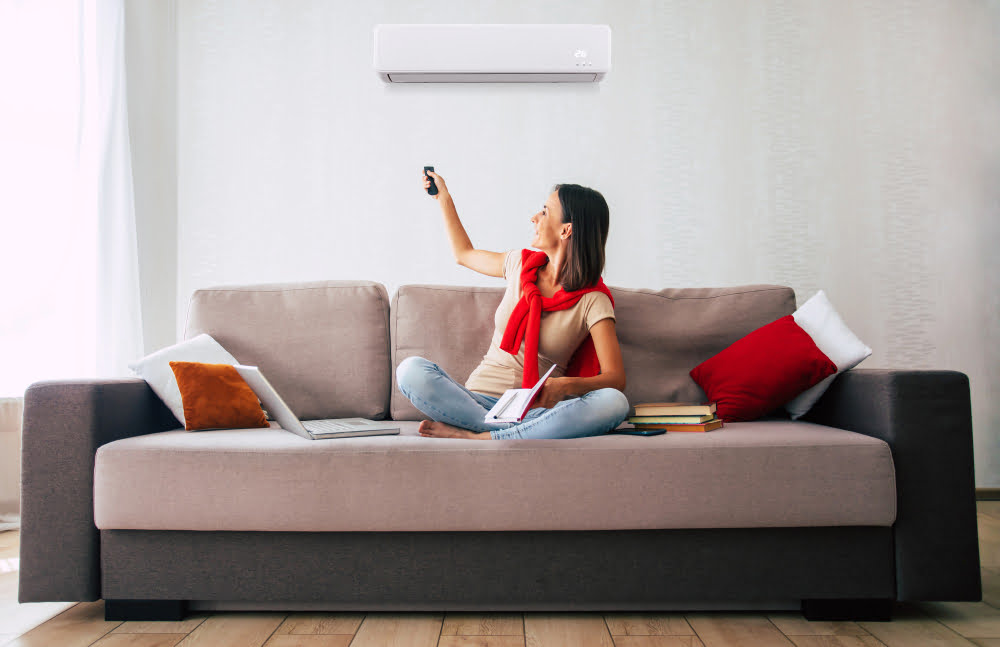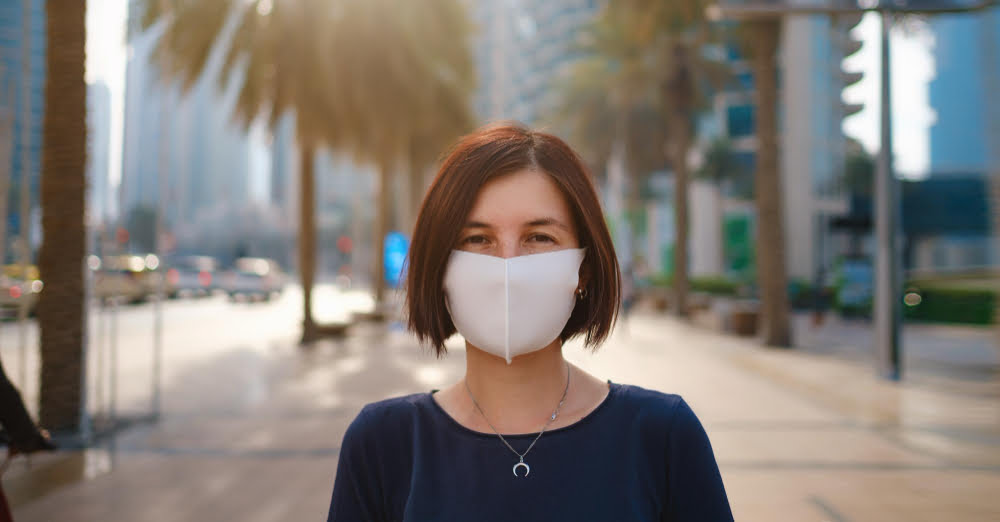Outdoor air pollution can significantly affect the quality of indoor air, and in this article, we will explore how it happens and what steps you can take to ensure your home remains a healthy environment.
As I sat in my living room, enjoying a cup of tea, I couldn’t help but notice the haze outside. The air was thick with smog and pollution, and it made me wonder about the air quality inside my home.
As an expert in home air quality, I knew that outdoor air pollution can have a significant impact on indoor air quality. So, I decided to do some research and share my findings with you all.
In this blog post, we’ll explore how outdoor pollutants find their way into our homes and affect the air we breathe. We’ll also discuss some practical steps you can take to improve your indoor air quality and protect yourself from harmful pollutants.
So sit back, grab a cup of tea (or your beverage of choice), and let’s dive into this important topic together!
The Invisible Intruder: Outdoor Pollution

The invisible intruder that I mentioned in the intro is outdoor pollution. It’s easy to forget about it when we’re inside our homes, but the truth is that outdoor pollutants can find their way indoors and affect our indoor air quality.
Outdoor pollution comes from a variety of sources such as cars, factories, construction sites, and wildfires. These pollutants include particulate matter (PM), nitrogen oxides (NOx), sulfur dioxide (SO2), ozone (O3) and volatile organic compounds (VOCs).
When these pollutants enter your home through open windows or doors or even through cracks in walls or floors they can cause serious health problems.
Particulate matter is one of the most harmful types of outdoor pollution because it consists of tiny particles that are small enough to penetrate deep into your lungs causing respiratory issues like asthma attacks and lung cancer over time.
Nitrogen oxides are another type of pollutant commonly found outdoors due to vehicle emissions which contribute significantly towards smog formation leading to respiratory illnesses like bronchitis.
Sulfur dioxide also contributes towards acid rain formation which causes damage not only on human health but also on buildings by corroding metals used for construction purposes.
While we may not be able to control what happens outside our homes completely; there are steps we can take inside them such as using air purifiers with HEPA filters or keeping windows closed during peak hours when levels tend higher than usual so you breathe cleaner air at all times!
How Pollutants Sneak Into Our Homes

As I delved deeper into my research, I discovered that outdoor pollutants can easily find their way into our homes through various means. For instance, when we open windows and doors to let in fresh air, we also allow outdoor pollutants to enter our homes.
Tiny particles such as dust and pollen can attach themselves to our clothes or pets’ fur and be carried inside.
Another common culprit is the HVAC system in your home. If not properly maintained or equipped with filters designed for capturing small particles like PM2.5 (fine particulate matter), it could circulate polluted air throughout your home.
Moreover, indoor activities such as cooking on gas stoves or burning candles release harmful chemicals like nitrogen dioxide (NO2) and volatile organic compounds (VOCs) that contribute significantly to indoor pollution levels.
It’s essential always to keep an eye on the quality of air you breathe indoors since most people spend a significant amount of time inside their houses – especially during extreme weather conditions where opening windows may not be an option. In the next section of this article let’s discuss how these pollutants affect us once they are inside our homes!
The Unseen Connection: Indoor-Outdoor Air Quality

As I delved deeper into my research, I discovered that the connection between indoor and outdoor air quality is not always visible to the naked eye. Outdoor pollutants such as smog, pollen, and dust can easily find their way inside our homes through open windows or doors.
Even when we close our windows and doors tightly to keep out these pollutants, they can still seep in through tiny cracks or gaps.
In addition to this direct infiltration of outdoor air pollution into our homes, there are also other factors at play that affect indoor air quality. For example, if you live near a busy road or industrial area with high levels of pollution outdoors – your home’s ventilation system may be drawing in polluted outside air without you even realizing it.
The unseen connection between indoor-outdoor air quality highlights how important it is for us to take steps towards improving both types of environments simultaneously. By reducing outdoor pollution levels (through measures like carpooling or using public transport), we can help improve the overall health of everyone living nearby while also protecting ourselves from harmful pollutants indoors by investing in an effective filtration system for your home’s HVAC unit.
It’s clear that taking care of both indoor and outdoor environments is crucial for maintaining good health – so let’s start making changes today!
Common Outdoor Pollutants Affecting Indoors

As I delved deeper into my research, I discovered that outdoor air pollution can come from a variety of sources. Some common pollutants include vehicle exhaust, industrial emissions, and wildfires.
These pollutants can enter our homes through open windows and doors or even through cracks in the walls.
But it’s not just these obvious sources of pollution that we need to worry about. Even seemingly harmless activities like cooking with gas stoves or burning candles can release harmful particles into the air.
All of these outdoor pollutants have one thing in common: they affect indoor air quality by introducing harmful particles such as particulate matter (PM), nitrogen dioxide (NO2), sulfur dioxide (SO2) and carbon monoxide (CO) inside our homes.
The impact on human health is significant – exposure to high levels of these pollutants has been linked to respiratory problems such as asthma attacks, lung cancer, heart disease and stroke among others.
So what steps can you take to protect yourself from this invisible threat? In the next section we’ll discuss some practical tips for improving your indoor air quality despite outdoor pollution levels.
Battle of the Breezes: Ventilation Vs Contamination

As I delved deeper into my research, I discovered that the battle of the breezes is a crucial factor in determining indoor air quality. Ventilation and contamination are two opposing forces that can make or break your home’s air quality.
On one hand, proper ventilation can help to remove pollutants from your home by bringing in fresh outdoor air. However, if you live in an area with high levels of outdoor pollution, this could actually do more harm than good.
In such cases, opening windows and doors may only serve to bring more contaminants inside.
On the other hand, contamination occurs when pollutants from outside infiltrate your home through cracks and gaps around doors and windows or via HVAC systems. This means that even if you keep all windows closed tightly shut at all times – which isn’t practical for most people – harmful particles will still find their way indoors.
So what’s the solution? It turns out there are several steps you can take to improve indoor air quality while minimizing exposure to outdoor pollution:
- Invest in an effective filtration system: A high-quality filter will capture many airborne particles before they have a chance to enter your living space.
- Seal up any leaks: Make sure there aren’t any gaps around doors or windows where polluted outside air could seep into your house.
- Use an Air Purifier: An efficient purifier helps eliminate allergens like pollen as well as dangerous chemicals like VOCs (Volatile Organic Compounds) present indoors
- By taking these measures together with being mindful about how much time we spend outdoors during peak hours of smog concentration; we’ll be able not just breathe easier but also protect ourselves against long-term health risks associated with poor IAQ (Indoor Air Quality).
Health Hazards Lurking in Your Living Space

As I delved deeper into my research, I discovered some alarming facts about the health hazards lurking in our living spaces. Outdoor air pollution can contain a variety of harmful particles such as nitrogen oxides, sulfur dioxide, and particulate matter that are small enough to enter our homes through open windows or doors.
These pollutants can cause respiratory problems like asthma and bronchitis, especially for those with pre-existing conditions.
But it’s not just outdoor air pollution that poses a threat to indoor air quality. Indoor sources of pollution like cleaning products, tobacco smoke, and even cooking fumes can also contribute to poor indoor air quality.
In fact, studies have shown that indoor air can be up to five times more polluted than outdoor air.
The combination of these factors means we need to take action if we want clean and healthy living spaces for ourselves and our families. In the next section of this article let’s explore some practical steps you can take today towards improving your home’s indoor environment!
Protecting Your Home From Outdoor Pollution

Now that we know how outdoor air pollution can affect indoor air quality, it’s essential to take steps to protect our homes. The first step is identifying potential sources of pollution and taking measures to reduce their impact.
One way you can do this is by keeping your windows closed during times when outdoor pollution levels are high. You can also invest in an air purifier with a HEPA filter, which will help remove pollutants from the air inside your home.
Another effective method for protecting your home from outdoor pollutants is sealing any gaps or cracks around doors and windows. This will prevent polluted outside air from seeping into your living spaces.
Consider planting trees or shrubs around the perimeter of your property as they act as natural filters for airborne particles and absorb carbon dioxide emissions.
By taking these simple steps, you’ll be able to significantly improve the quality of the indoor environment in which you live while reducing exposure to harmful pollutants that could have long-term health effects on yourself and loved ones.
Read Also
- How Does Outdoor Air Pollution Affect Home Air Quality?
- How Outdoor Air Quality Affects Indoor Air Quality in Your Home
- How Outdoor Air Quality Affect Indoor Air Quality in High-rise Buildings
- The Impact of Outdoor Allergens on Indoor Air Quality and How to Minimize Their Effects
- How to Reduce Your Exposure to Secondhand Smoke in Your Home